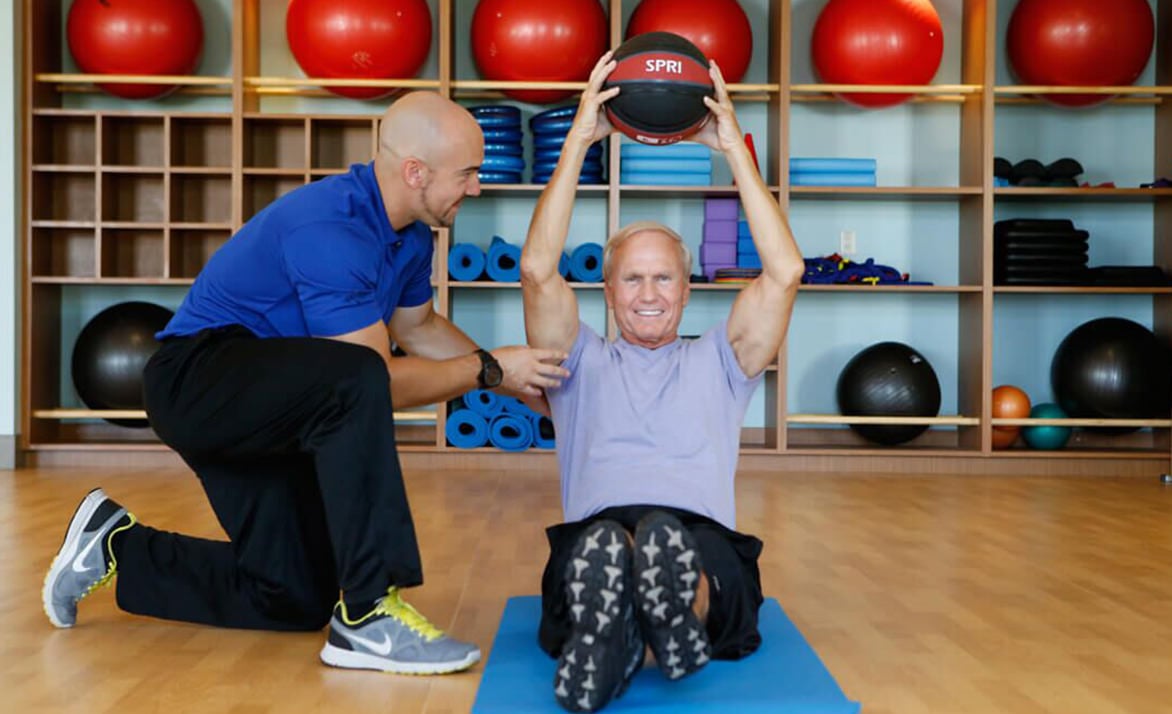
We all know that exercise is good for us, no matter how much we can or cannot do. It's even better when we also incorporate active and passive recovery methods. When we learn to combine exercise and recovery, the combination should make the results that much better.
Related Blog: Three Exercises to Help Reverse Bad Posture
1. The Benefits of Regular Exercise and What's Good for You
Before we discuss active and passive recovery, let's quickly review some benefits that regular exercise delivers.
Something else to think about is how you measure exercise intensity. You never want to overexert yourself. If you find yourself short of breath, in pain, or can't work out as long as you'd planned, your exercise intensity is probably higher than your fitness level allows. Don’t push yourself too far, back off a bit and build intensity gradually.
When you're needing a bit of help getting started, you can begin your quest in 5 steps. When you get to step two, you will see that it's a good idea to allow time for recovery.
Many people start exercising with frenzied zeal—working out too long or too intensely—and give up when their muscles and joints become sore or injured. Plan time between sessions for your body to rest and recover.
2. The Importance of Recovery
The type of recovery you choose to do after exercising is equally as important as the exercise itself. If you've ever wondered why sometimes you feel great after your workout and at other times it hurts to move, it's because the type of recovery you complete affects the inflammation, soreness, and lactic acid build-up in your body.
3. With Active Recovery, You Keep Moving
Active recovery means staying physically active while you recover from higher intensity exercise by using gentle, non-strenuous movements.
With active recovery, the goal is to reduce inflammation, soreness, and stiffness while increasing blood flow, joint mobility, and flexibility.
Active recovery is any low-impact activity, such as stationary cycling, walking, swimming, and yoga. By keeping your body moving, you are bringing more oxygen to your tissues to keep you feeling good and avoiding the fatigue crash.
The Ways to Incorporate Active Recovery into Exercising
You have three ways to combine active recovery into your exercising routine.
- For anyone running in intervals or using weights, you can incorporate active recovery, like walking between sets to keep the oxygen flowing throughout your body
- After your workout routine, a cool down walk and stretch will do your body good
- When you only do intense workouts a few times each week, active recovery, such as a gentle cycle, keeps your body moving using other muscle movements
4. With Passive Recovery, You Rest Your Body
Passive recovery requires no movement at all. You simply let your body rest while you sit or lie down. The goal of passive recovery is to allow the body to recover from illness, injury, or muscle soreness.
The Choices to Make for the Best Passive Recovery
While allowing your body to rest, you can help your body heal by fueling it with healthy choices.
- Not only will whole-food nutrition help your body heal, but hydration is also extremely vital
- Drinking plenty of water is always a great way to help our bodies function and heal, and you can add some refreshing flavor for a great-tasting H2O beverage
5. Both Recovery Techniques Play Healing Roles in Exercise Routines
Exercising will be even better when you incorporate both active and passive recovery techniques. While active recovery helps your body immediately mend from intense workouts, passive recovery allows you to help your body heal when it needs downtime to rest.
When you're looking for a luxurious and welcoming retirement community in Southwest Florida, we invite you to visit Moorings Park Communities in the beautiful town of Naples. You will love your freedom to enjoy an active and fulfilling retirement lifestyle. Contact us today via our website, or give us a call: 239-643-9111.



